Waterproofing for Building Protection
Spring offers moderate temperatures and less precipitation, making it ideal for waterproofing projects. It allows sufficient curing time before summer heat or winter cold.
Warm and dry weather in summer can accelerate curing times and improve adhesion, but excessive heat or humidity may require adjustments in application techniques.
Fall provides cooler temperatures and lower humidity, which are suitable for waterproofing. It prepares structures for winter conditions.
Winter temperatures often fall below the optimal range for waterproofing materials, leading to poor adhesion and curing issues. Freezing conditions can compromise application quality.

Ways to make Waterproofings work in tight or awkward layouts.
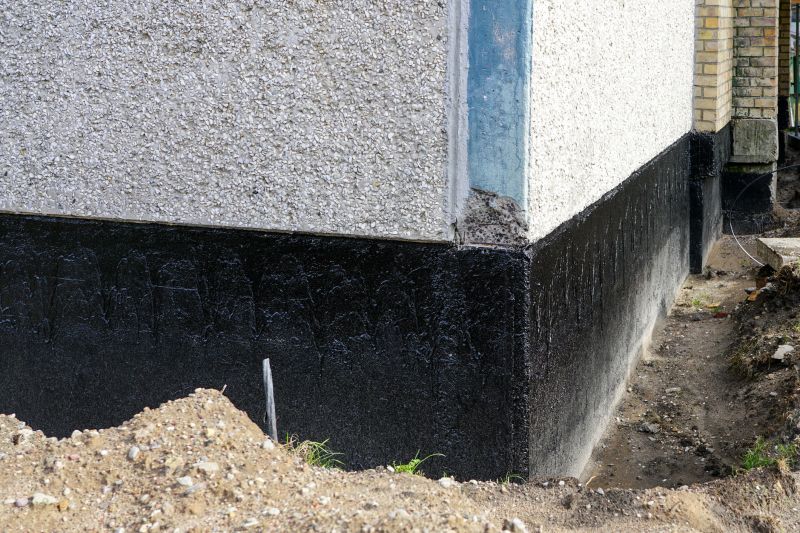
Popular materials for Waterproofings and why they hold up over time.
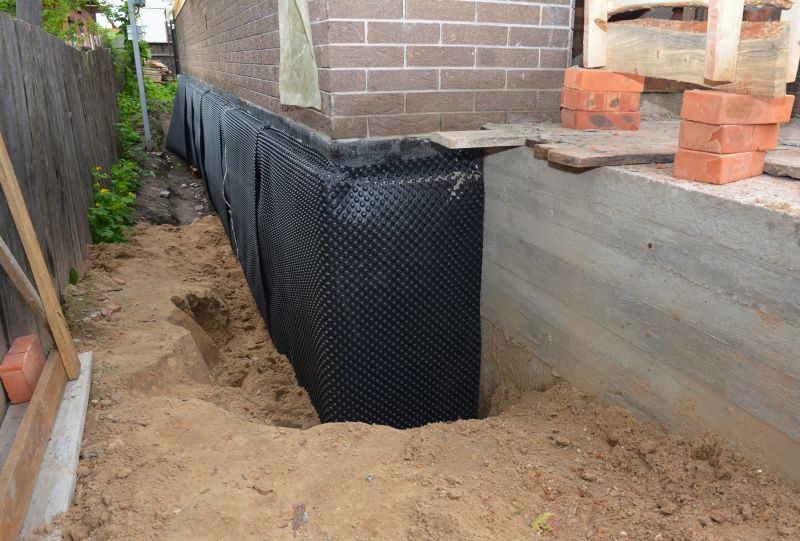
Simple add-ons that improve Waterproofings without blowing the budget.
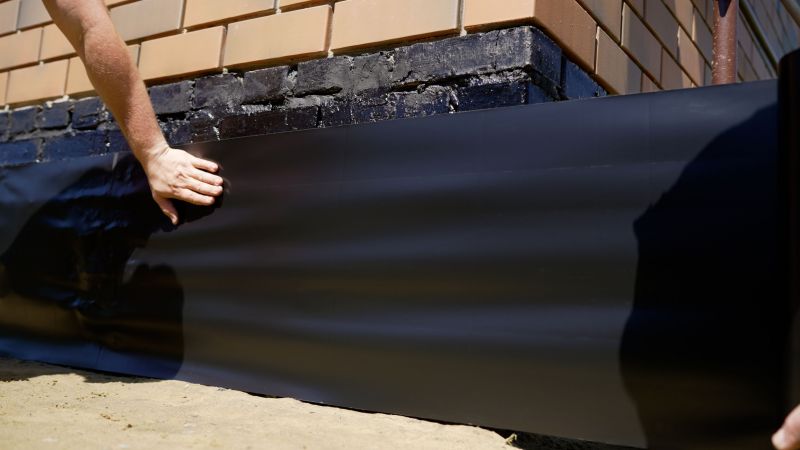
High-end options that actually feel worth it for Waterproofings.
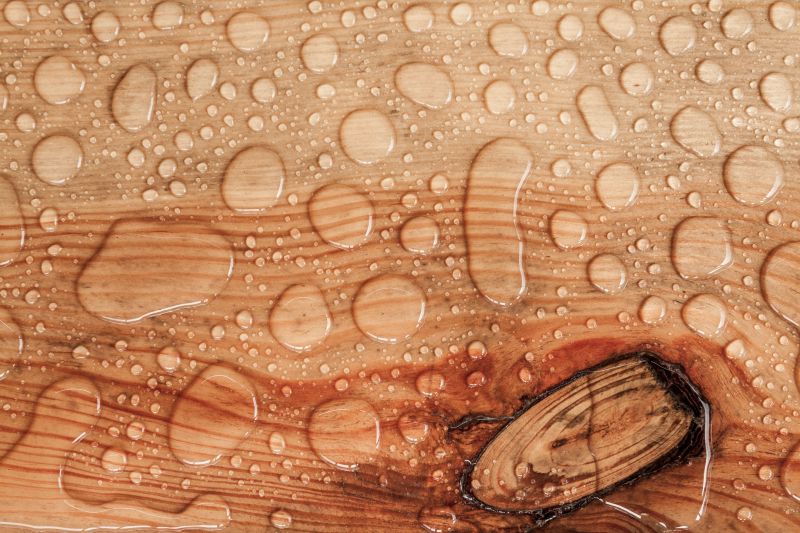
Finishes and colors that play nicely with Waterproofings.
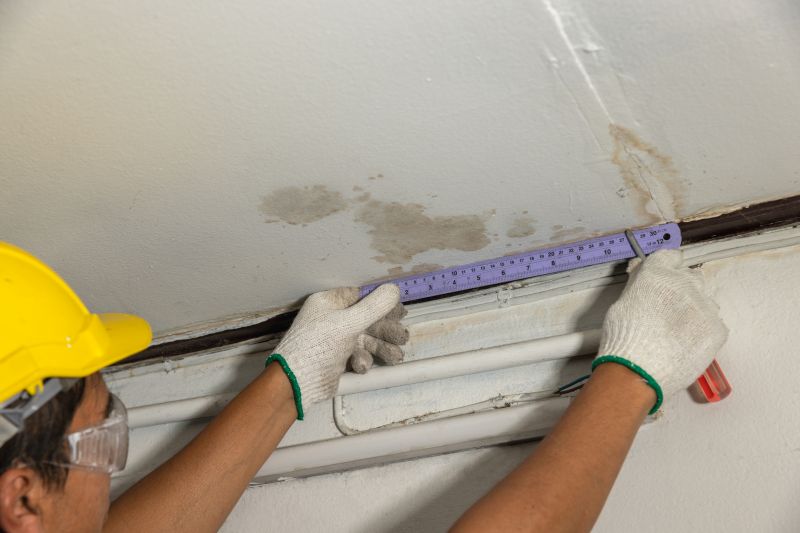
Little measurements that prevent headaches on Waterproofings day.
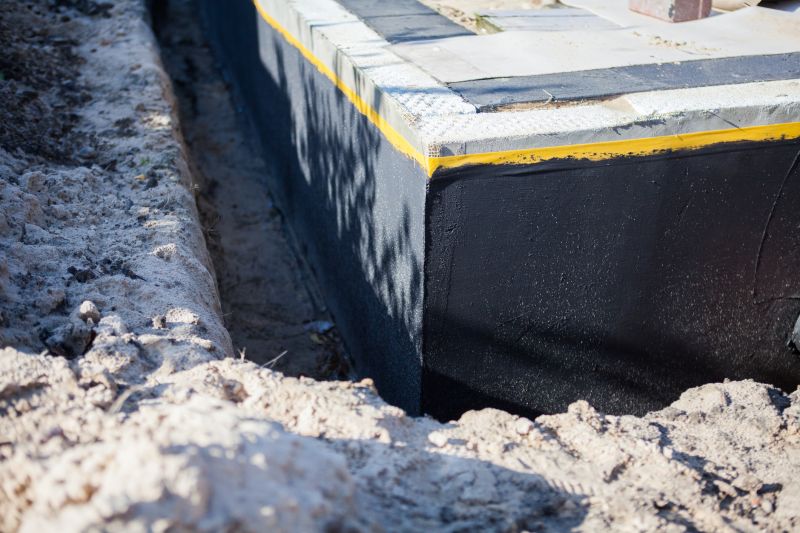
A 60-second routine that keeps Waterproofings looking new.
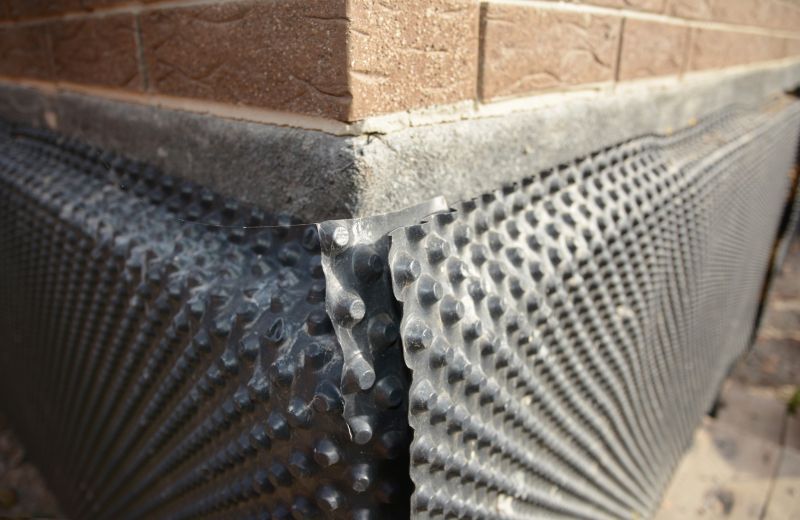
A frequent mistake in Waterproofings and how to dodge it.

Small tweaks to make Waterproofings safer and easier to use.
| Season | Ideal Conditions |
|---|---|
| Spring | Moderate temperatures, low precipitation, good curing conditions. |
| Summer | Warm and dry, but avoid excessive heat or humidity. |
| Fall | Cooler temperatures, low humidity, prepares for winter. |
| Winter | Generally unsuitable due to freezing temperatures and poor adhesion. |
Waterproofings are essential for protecting buildings against water infiltration, which can cause structural damage, mold growth, and deterioration of materials. Effective waterproofing involves applying specialized membranes, coatings, or sealants to vulnerable areas such as foundations, roofs, and walls. The choice of waterproofing system depends on the climate, building type, and specific needs of the structure.
Statistics indicate that waterproofing failures often occur due to improper timing and application under unsuitable weather conditions. Properly timed waterproofing can extend the lifespan of a structure by years and reduce maintenance costs. In regions with variable weather, planning waterproofing projects during optimal seasons is crucial for achieving the best results.
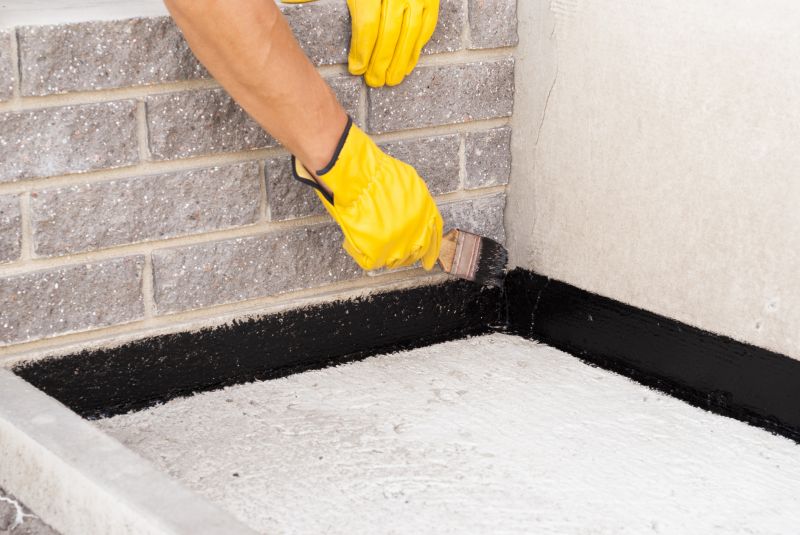
Lower-waste or water-saving choices for Waterproofings.
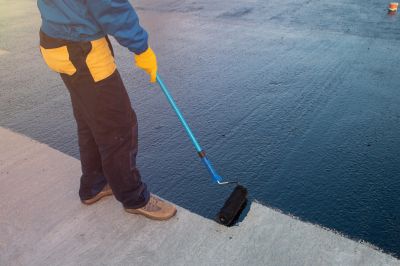
The short, realistic tool list for quality Waterproofings.
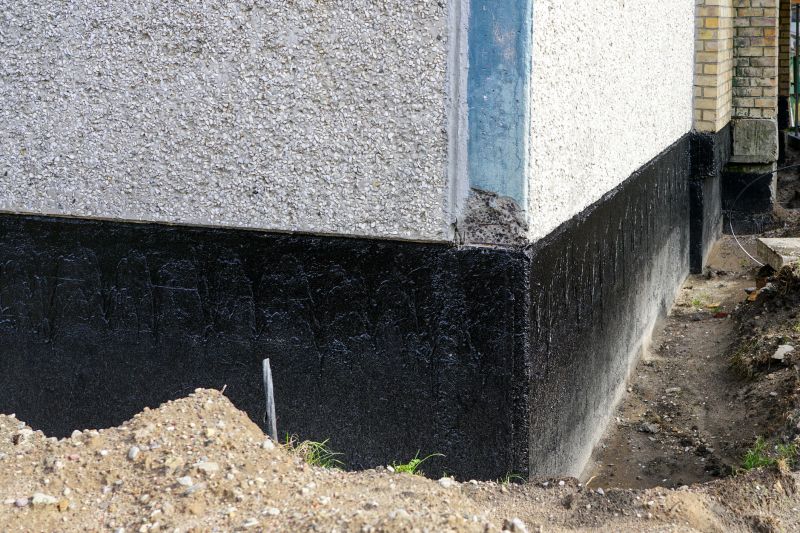
Rough timing from prep to clean-up for Waterproofings.

Quick checks and paperwork to keep after Waterproofings.
Interested parties are encouraged to contact for more information on waterproofing options and scheduling. Proper timing and application techniques can significantly enhance the durability and performance of waterproofing systems, ensuring long-term protection for structures.

